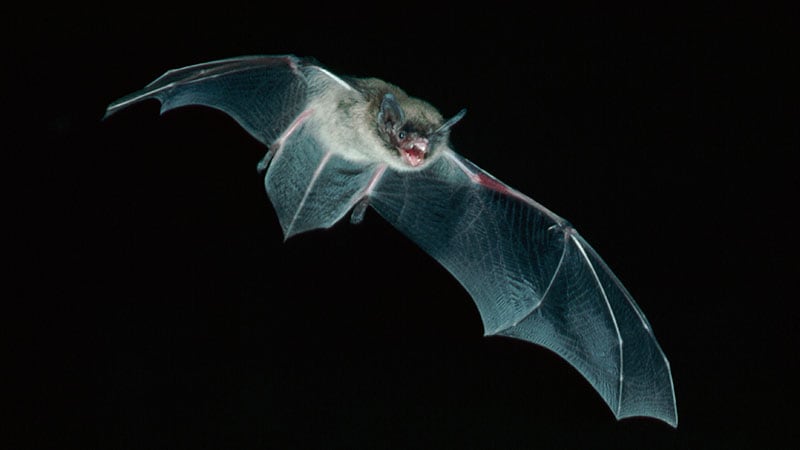An Illinois man in his 80s who woke to a bat on his neck in mid-August has died of rabies, marking the first human case of the disease in the state in more than 65 years.
The man, whose name was not released, was a resident of Lake County, just north of Chicago. He was advised to get rabies treatment after an apparent bite from the bat, which was in his room. The bat tested positive for rabies after it was captured, but the man declined treatment.
A month later, the man’s health began to decline. He fell ill with symptoms “consistent with rabies,” such as neck pain, headache, and a hard time speaking and controlling his arms, officials with the Illinois Department of Public Health said in a news release. He died soon after. It was the first human case of rabies in Illinois since 1954, with the CDC confirming the diagnosis.
Wildlife experts later found a colony of bats living in the man’s home.
Though human cases of rabies are rare — only one to three cases are reported in the US each year, Illinois health officials said — it is nearly always fatal if preventive treatment is not started fast enough after exposure. If left untreated, rabies, which has the highest mortality rate of any disease on earth, attacks a person’s central nervous system, causing disease in the brain and death.
“Sadly, this case underscores the importance of raising public awareness about the risk of rabies exposure in the United States,” Lake County Health Department Executive Director Mark Pfister said in the statement. “Rabies infections in people are rare in the United States. However, once symptoms begin, rabies is almost always fatal, making it vital that an exposed person receive appropriate treatment to prevent the onset of rabies as soon as possible.”
About 60,000 Americans seek rabies treatment each year, state health officials say.
While most people know if they’ve been bitten by a bat, this species has very small teeth, so “the bite mark may not be easy to see,” the officials said in the statement.
“If you find yourself in close proximity to a bat and are not sure if you were exposed, (eg, you wake up and find a bat in your room), do not release the bat as it should be appropriately captured for rabies testing. Call your doctor or local health department to help determine if you could have been exposed to rabies and if you need preventive treatment. Call your local animal care and control to safely remove the bat,” they advised.
A laboratory test must confirm if the bat has rabies; it is not clear just by looking at it, they said. Post-exposure treatment is not needed if the bat tests negative for rabies.
In Illinois, “bats are the most commonly identified species with rabies,” the officials said. More than 1000 bats in the state are tested for the disease in the state each year. So far in 2021, 30 bats have tested positive.
For more news, follow Medscape on Facebook, Twitter, Instagram, and YouTube.

